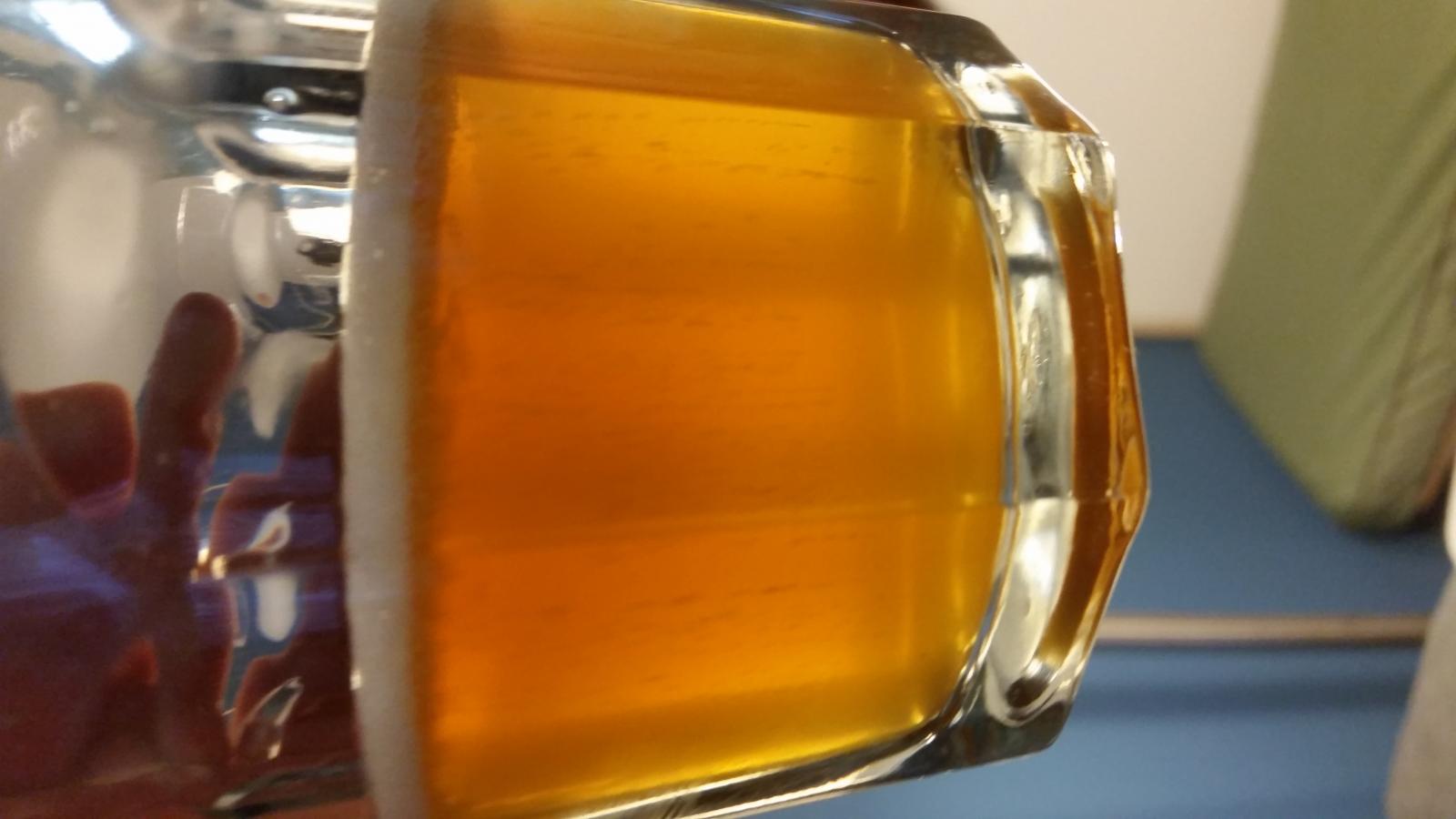WOAH!!! DMA HAS PHOSPHORIC ACID!!!
The reason why milk separates in coke is because of a reaction of the Phosphoric Acid contained in the coca cola to the milk. Phosphoric Acid molecules attach to the milk giving them more density and separate out while the remaining liquid that makes up the milk and cocoa cola now being lighter floats on top. The solid matter is basically milk that has been curdled by the addition of the more acidic soda. Both items are acidic but coca-cola more so. In general, coca-cola has a pH of anywhere from 2.5-4.5 because of the Phosphoric Acid content where milk (lactose) has a normal pH around 6.7 (almost neutral, milk that is in the base range is usually mastitic). DME (Dry Malt Extract) has a pH of 5-6.
I'm almost certain that's why it's separating. Now, i've talked to a brewing expert and they said if we add in the lactose at the very end of the boil (last 5 minutes or so), it prevents separation. I'm going to start a batch up this weekend and give it a try.
So this should probably be the procedure for a 1 gallon batch.
1) Bring half a gallon of water to a boil.
-- Remove from burner and stir in brown sugar and molassas (i add that in for a little something extra)
2) Return wort to boil.
3) Add hops (if you were going to add hops). Boil for 60 minutes (even if you don't add the hops).
4) Add DME and Lactose 15 min before the end of the boil
5) Cool the wort. When the 60-minute boil is finished, cool the wort to approximately 100° F as rapidly as possible. Use a wort chiller, or put the kettle in an ice bath in your sink.
6) Sanitize fermenting equipment and yeast pack. While the wort cools, sanitize the fermenting equipment fermenter, lid or stopper, fermentation lock, funnel, etc along with the yeast pack and a pair of scissors.
7) Fill primary fermenter with cooled wort. Leave any thick sludge in the bottom of the kettle.
8) Add more cold water as needed to bring the volume to 1 gallons.
9) Aerate the wort. Seal the fermenter and rock back and forth to splash for a few minutes, or use an aeration system and diffusion stone.
10) Add yeast once the temperature of the wort is 78°F or lower (not warm to the touch). Use the sanitized scissors to cut off a corner of the yeast pack, and carefully pour the yeast into the primary fermenter.
11) Seal the fermenter. Add approximately 1 tablespoon of water to the sanitized fermentation lock. Insert the lock into rubber stopper or lid, and seal the fermenter.
12) Move the fermenter to a warm, dark, quiet spot until fermentation begins.
13) Active fermentation begins. Within approximately 48 hours of Brewing Day, active fermentation will begin there will be a cap of foam on the surface of the beer, and you may see bubbles come through the fermentation lock. The optimum fermentation temperature for this beer is 6072º F move the fermenter to a warmer or cooler spot as needed.
14) Active fermentation ends. Approximately 1-2 weeks after brewing day, active fermentation will end: the cap of foam falls back into the new beer, bubbling in the fermentation lock slows down or stops.
15) Rack the beer into a secondary fermenter, or simply add the Root Beer extract and sweetner pack to the fermenter. Let rest for an additional 1-2 weeks


















































![Craft A Brew - Safale BE-256 Yeast - Fermentis - Belgian Ale Dry Yeast - For Belgian & Strong Ales - Ingredients for Home Brewing - Beer Making Supplies - [3 Pack]](https://m.media-amazon.com/images/I/51bcKEwQmWL._SL500_.jpg)







